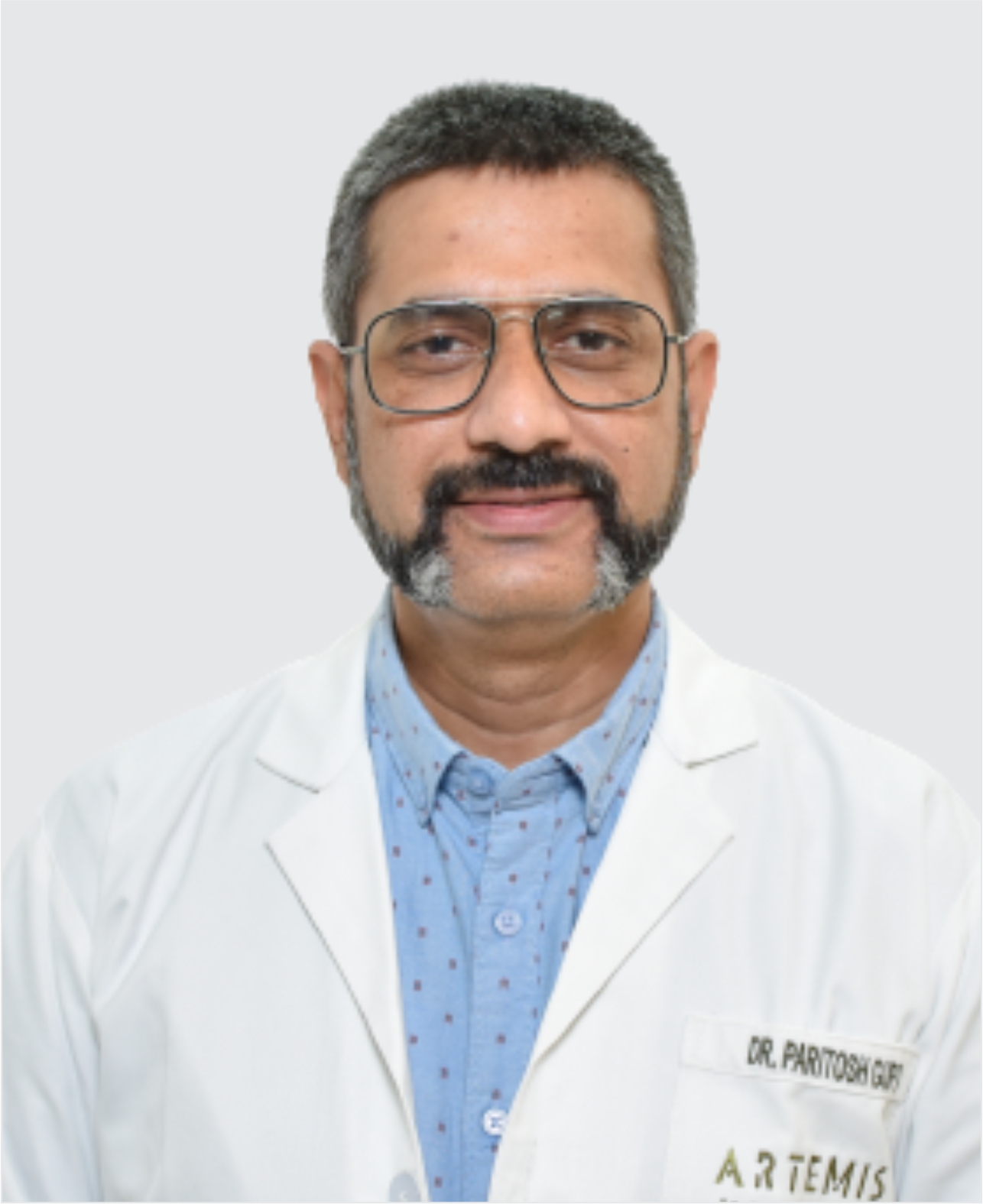Breast lumps generally do resolve on their own without needing any treatment. However, if an individual has breast lumps for an extended period, the lumps may grow in size, and the symptoms may also worsen, leading to significant pain, discomfort and reduced quality of life. In that case, the gynaecologist may suggest one of the following methods for piles treatment:
Treatment of Breast Lump without surgery
Not all breast lumps require treatment. A lump in the breast due to an injury or certain types of breast lumps, like fibroadenoma, does not require removal or treatment.
- Home remedies
Breast lumps can be cured with home remedies, such as:
- Wearing a supportive bra
- Applying a warm compress or an ice pack to relieve pain
- Avoiding caffeine
- Taking vitamin E or vitamin B supplements
- Drinking apple cider vinegar in a small amount of water
- Taking iodine as a nutritional supplement
- Applying a castor oil pack to the breast once a week
- Consuming honey in a glass of water
Allopathic Treatment
The doctor must determine the cause of the breast lump before deciding on a treatment approach. The breast lump treatment options include:
- Antibiotics to treat breast infections like mastitis
- Fluid drainage for a breast cyst that is large and painful
- Cancer therapies if the lump is proven to be cancerous in the biopsy. This includes:
- Chemotherapy: It is a drug treatment that uses powerful chemicals to fight or destroy fast-growing cancer cells in the body.
- Radiation therapy: It is a treatment that uses high doses of radioactive rays to kill cancer cells and shrink tumours.
Treatment of Breast Lump with surgery
Surgery for breast lump treatment is usually required only when the lump is cancerous. The surgical treatment options for cancerous lumps include:
- Lumpectomy: It is a procedure in which the surgeon removes the lump (breast cancer tumour) and a small amount of the surrounding healthy tissue.
- Mastectomy: In this procedure, the entire breast tissue is removed to treat breast cancer.
|
Procedure Type
|
Procedure Cost
|
|
Lumpectomy
|
₹ 30,000 to ₹ 1,00,000
|
| Mastectomy |
₹ 45,000 to ₹ 1,10,000 |
Please Note: The treatment approach and selection procedure is based on the type of breast lump, the location and size of the lump, the spread of the cancer, and the doctor’s opinion.




























